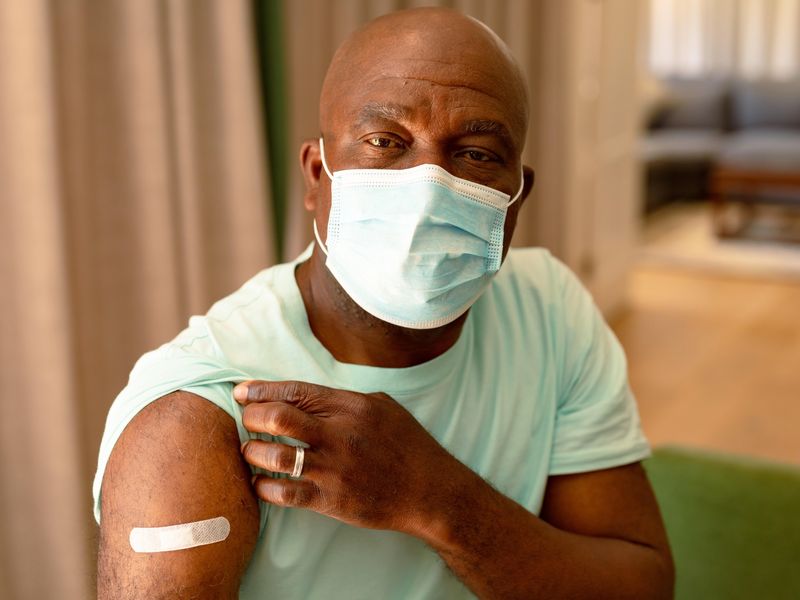Disparities seen by geographic, sociodemographic, and occupational subgroups
MONDAY, Aug. 29, 2022 (HealthDay News) — There is considerable variation in uptake of COVID-19 boosters by geography, sociodemographic characteristics, and occupation, according to a study published online Aug. 19 in JAMA Network Open.
Israel T. Agaku, D.M.D., Ph.D., from NYC Health + Hospitals in New York City, and colleagues used data from the Household Pulse Survey (Dec. 1, 2021, to Jan. 10, 2022) to understand geographic, occupational, and sociodemographic variations in uptake of COVID-19 booster doses among 135,821 fully vaccinated U.S. adults.
The percentage of fully vaccinated adults who reported being boosted was 48.5 percent (state-specific range, 39.1 percent in Mississippi to 66.5 percent in Vermont). Non-Hispanic Asian individuals (54.1 percent); those aged 65 years and older (71.4 percent); those with a doctoral, professional, or master’s degree (68.1 percent); those who were married with no children in the household (61.2 percent); those with an annual household income of ≥$200,000 (69.3 percent); those enrolled in Medicare (70.9 percent); and those working in hospitals (60.5 percent) or in death care facilities (e.g., funeral homes; 60.5 percent) had the highest proportion of boosted adults nationally. Only one-third of those who ever received a diagnosis of COVID-19, were enrolled in Medicaid, were working in pharmacies, had less than a high school education, and were aged 18 to 24 years old were boosted.
“These findings suggest continuing disparities in receipt of booster vaccine doses among U.S. adults,” the authors write.
Copyright © 2022 HealthDay. All rights reserved.








